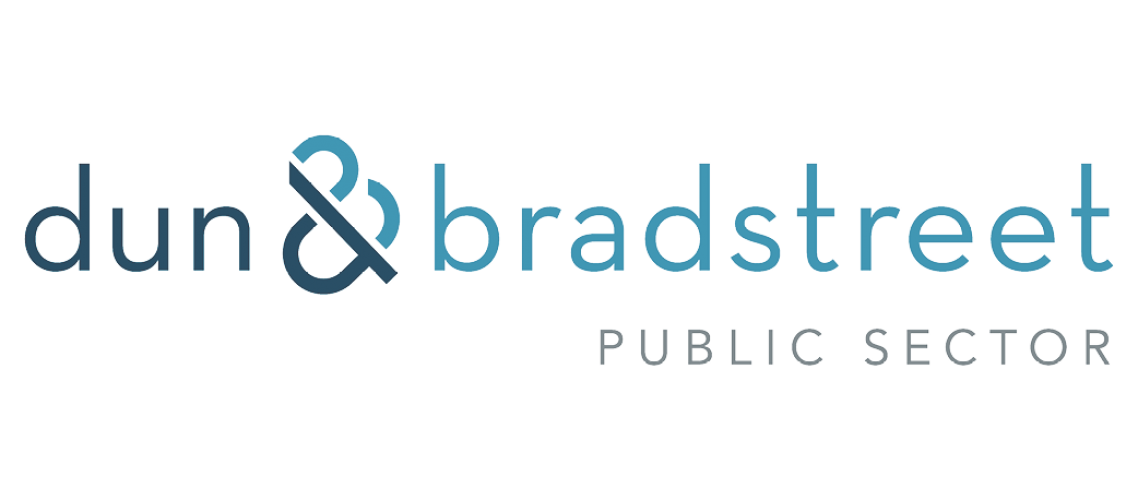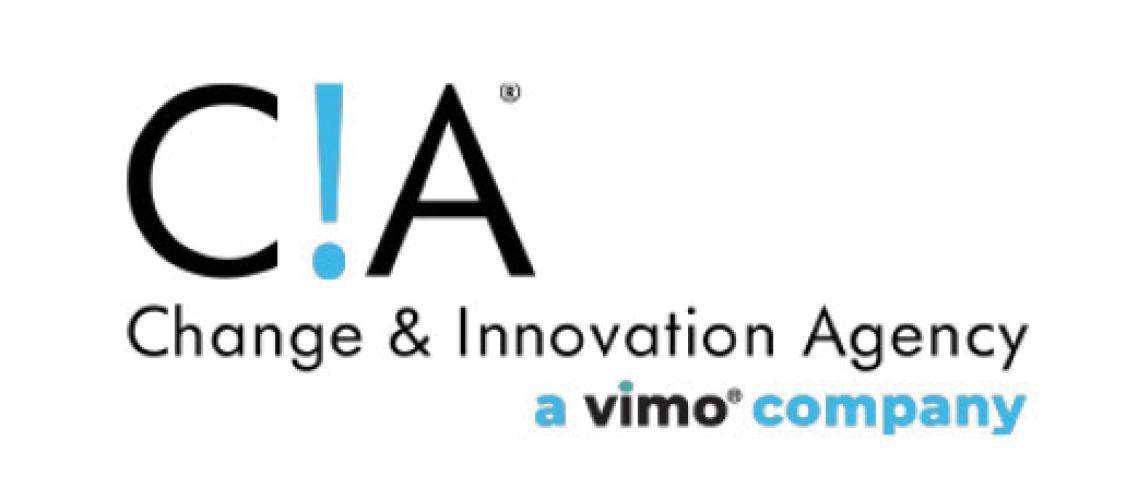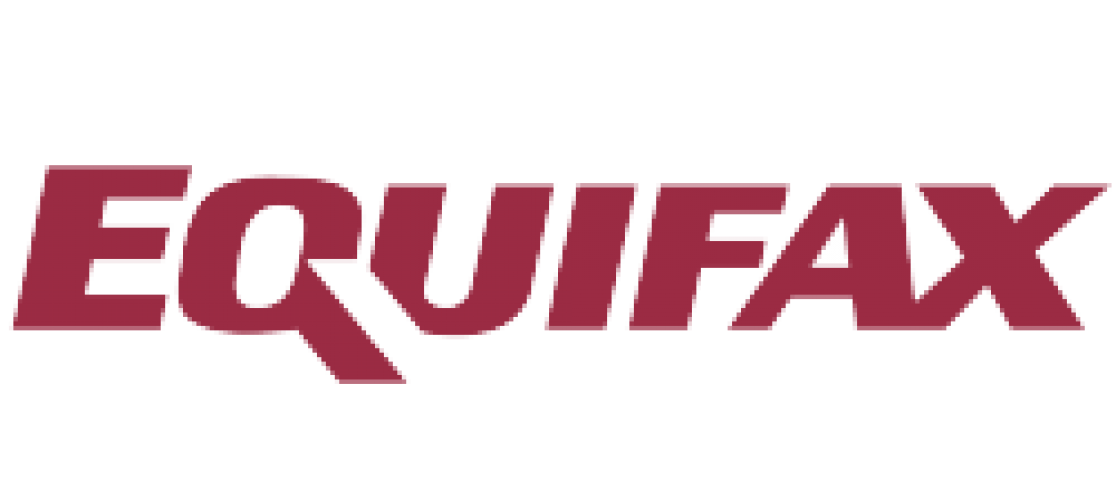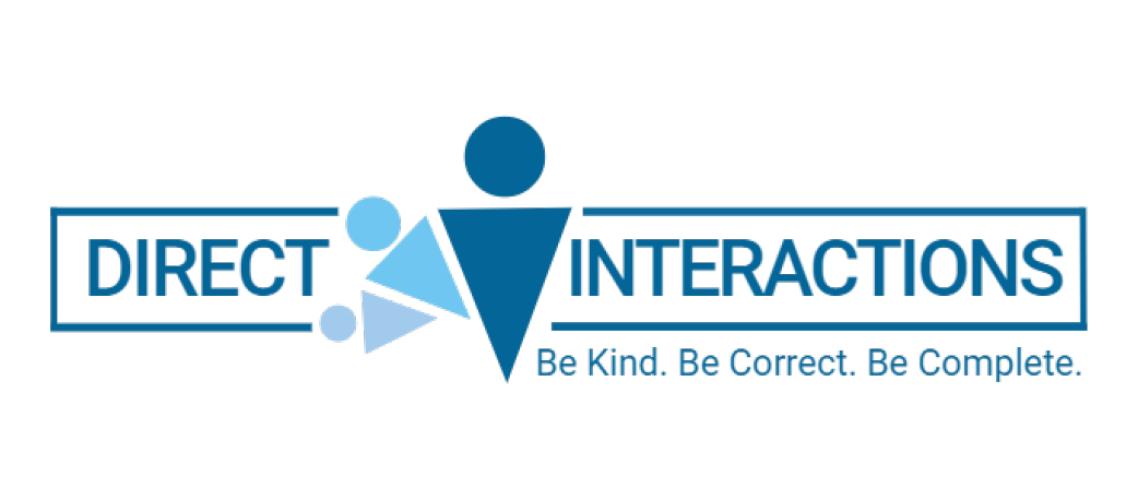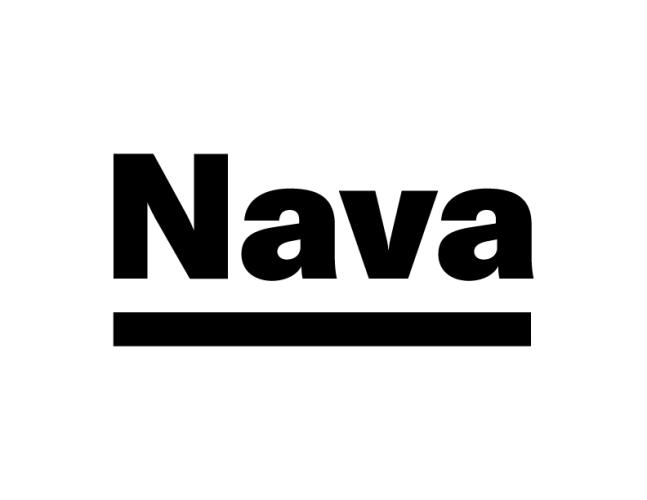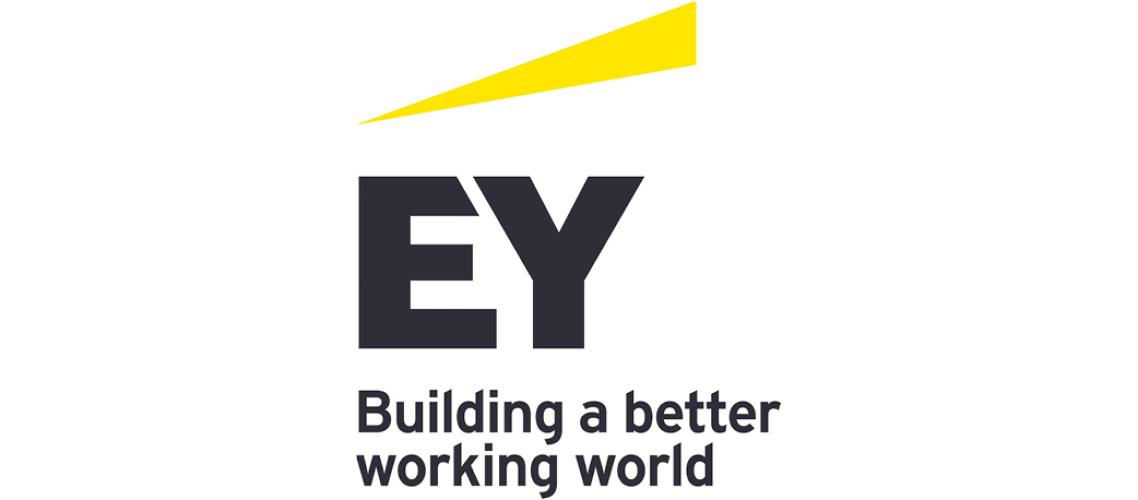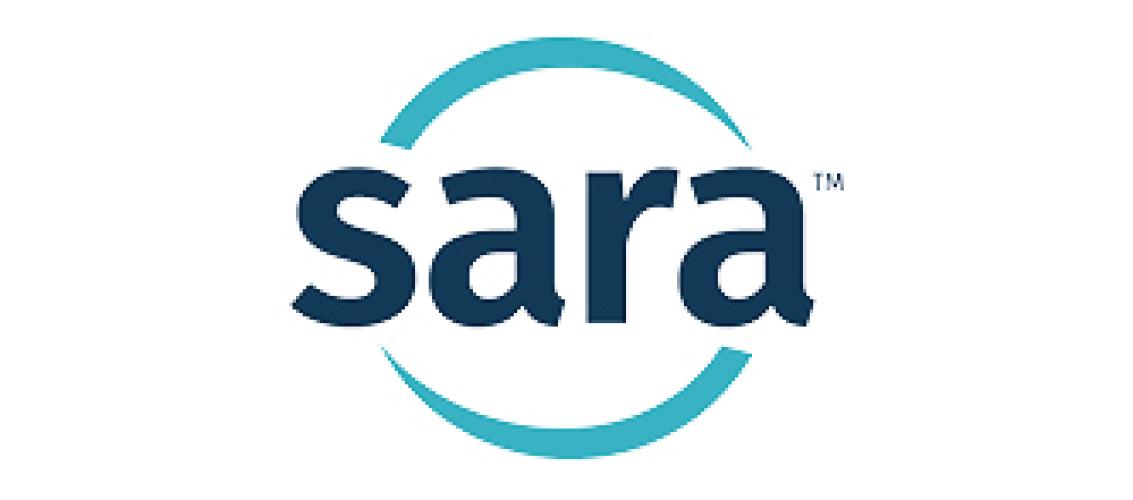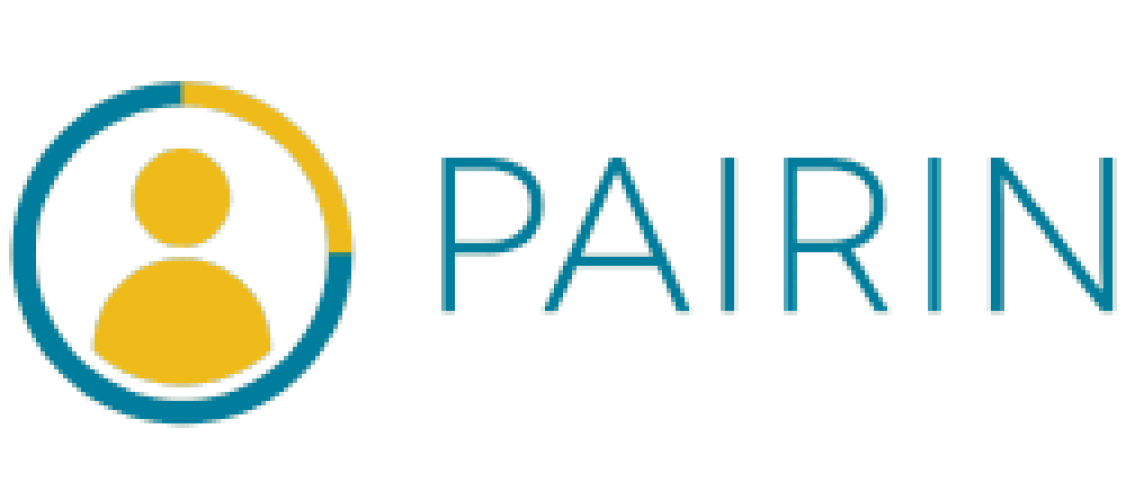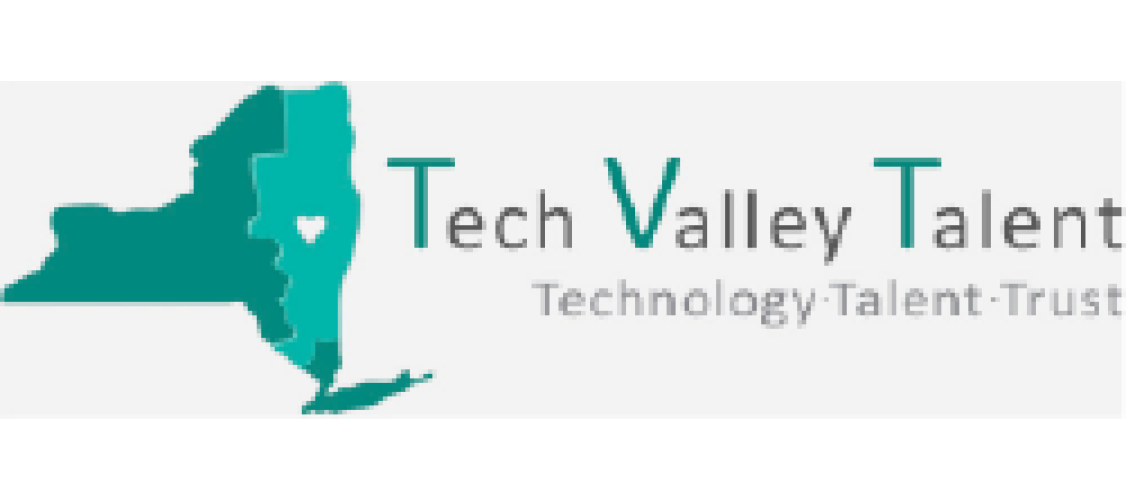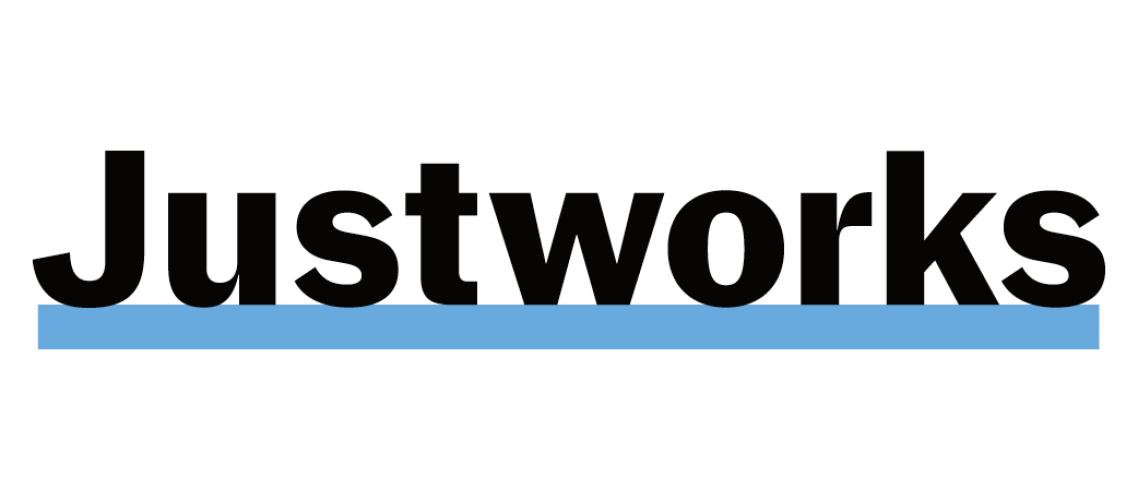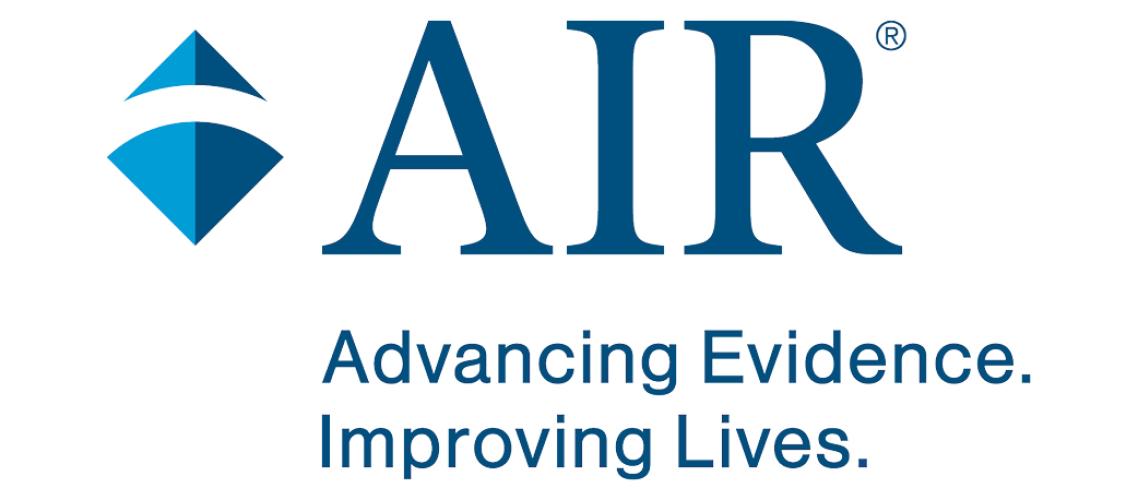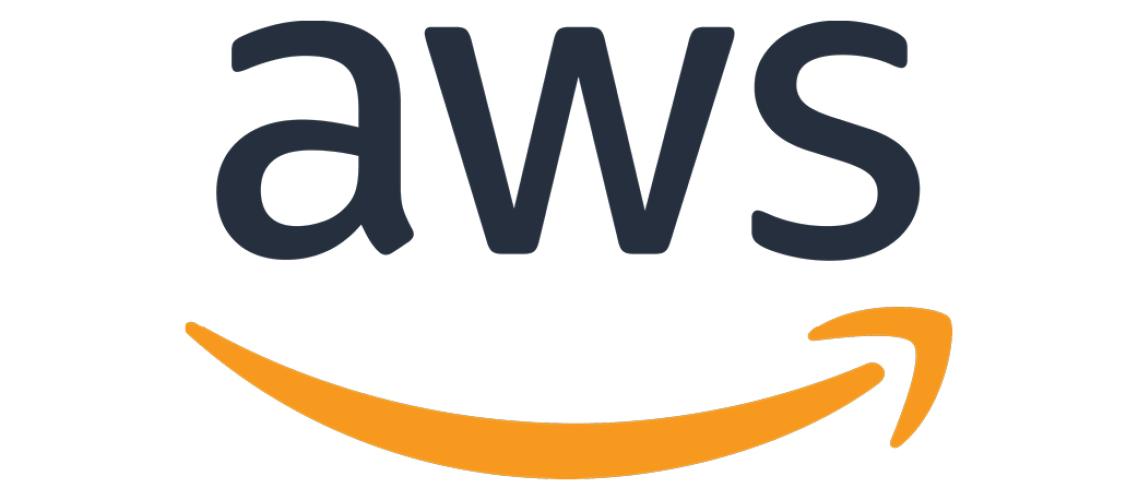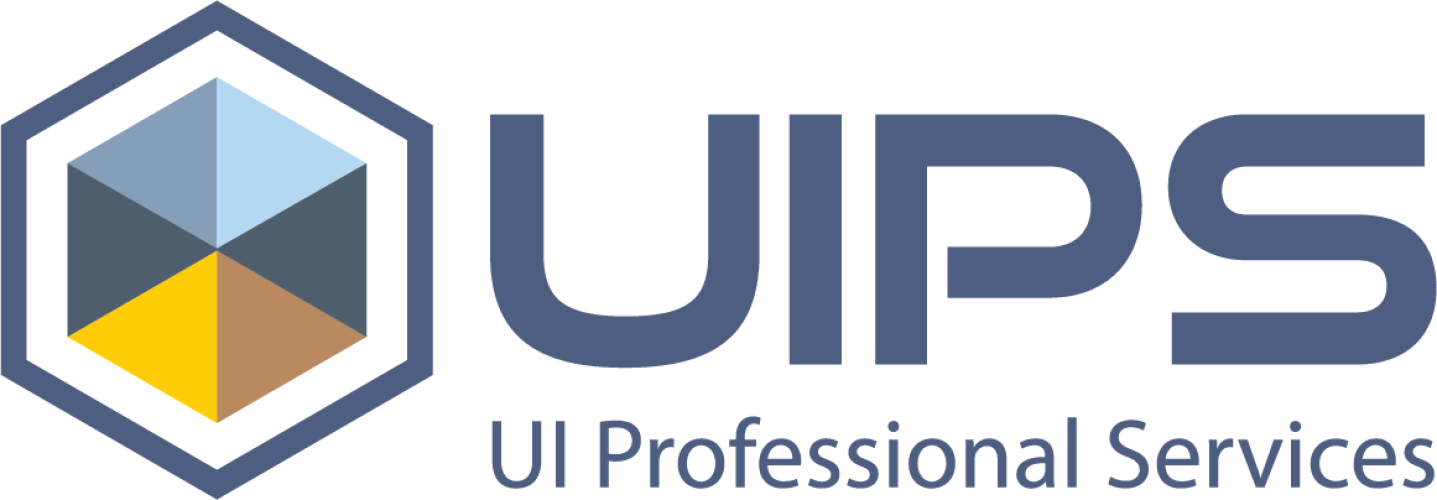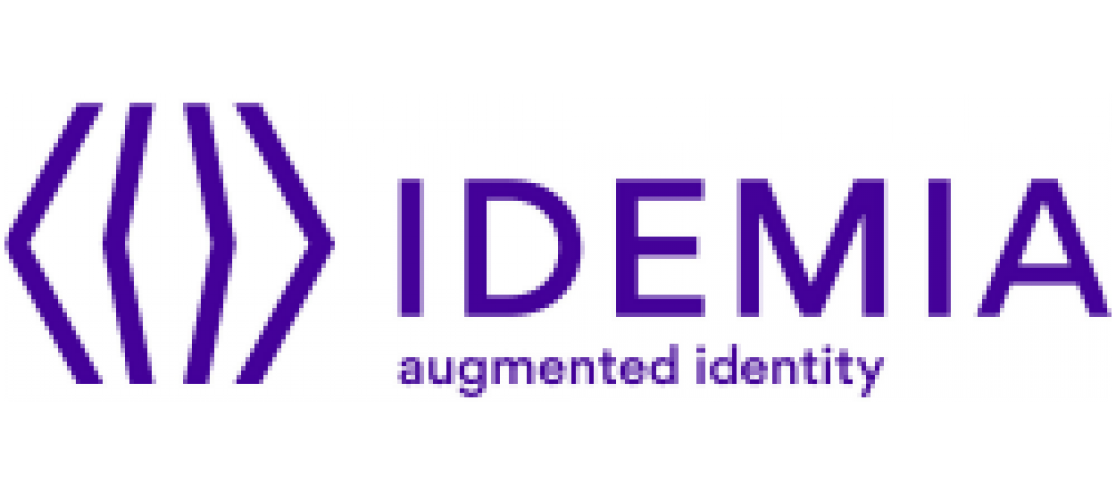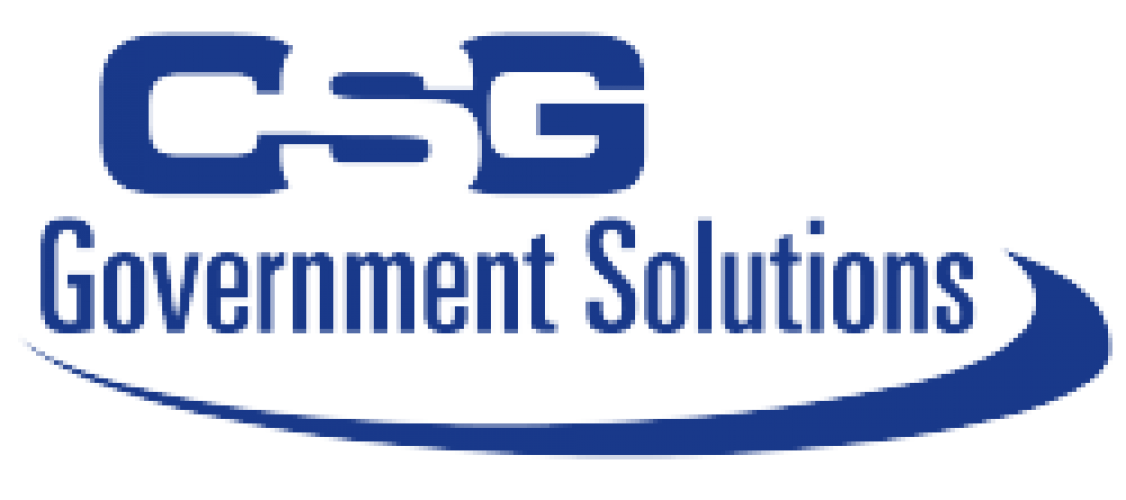Comments on the Request for Information on Federal Coordination to Promote Economic Mobility for All Americans
October 2, 2020
Ms. Brenda Destro, Deputy Assistant Secretary for Planning and Evaluation (ASPE)
Office of the Assistant Secretary for Planning and Evaluation
U.S. Department of Health and Human Services (HHS)
200 Independence Avenue SW Washington, D.C. 20201
Re: Request for Information on Federal Coordination to Promote Economic Mobility for All Americans (85 FR 43242)
Dear Ms. Destro:
The National Association of State Workforce Agencies (NASWA) appreciates the opportunity to comment on the development of a federal interagency Council on Economic Mobility as requested in Request for Information (RFI) to Promote Economic Mobility for All Americans by the U.S. Department of Health and Human Services (HHS) in the Federal Register / Volume 85, No. 137 / Thursday, July 16, 2020.
NASWA is a non-profit organization of state administrators of employment services, training programs, unemployment insurance, employment statistics and labor market information, and other programs and services provided through the publicly-funded state workforce system.
NASWA provides a forum for states to exchange information and ideas about how to improve program operations; serves as a liaison between state workforce agencies and federal government agencies, the Congress, and other intergovernmental groups; and serves as the collective voice of state agencies on workforce policies, unemployment insurance, and related issues.
NASWA recently requested input from state workforce agency administrators on selected relevant questions from the RFI, which were reframed slightly for more efficient information collection. The comments and recommendations NASWA received from individual administrators are submitted below. The recommendations represent individual state views and do not represent a consensus view across all states and territories. The recommendations correspond to the Key Question numbers listed in the RFI.
Sincerely,
Scott B. Sanders
President and CEO
NASWA
The Council’s Priorities (3.1)
What top-line priorities would you identify for the Council on Economic Mobility?
State Recommendations:
Program Partnerships & Integration
- Policy review and alignment that encourages program alignment and coordination among the U.S. Department of Health and Human Services; U.S. Department of Veteran Affairs; U.S. Department of Labor; and U.S. Department of Education.
- Create processes and goals that allow workforce partners to share the same goal, which should be to serve the customer in the most meaningful way.
- Make sure the Council has realistic goals so that agencies/partner programs can easily assist in the effort to meet those goals.
- Identify the roles of each player to determine what each individual agency is responsible for and what the end goal is. Clearly defined responsibilities are key.
- Federal Agency process improvement.
Program Design & Resources
- Insist on long-term gains versus short-term quantity.
- Insist on a customer-focused design.
- Set priorities for lasting universal change instead of the priorities of a single administration.
- Highlight best practices of successful programs.
- Data to better illustrate trends and analysis.
- Grant eligibility flexibility.
- Funding allocation review with recommendations for updates to make funding more equitable for all states.
- Alignment of performance indicators and reporting systems.
Education & Training
- View education and employment as pathways that should continuously intertwine.
- Education provides a foundation for employment.
- Employment provides a foundation for continuing education—from workforce training to an institution of higher education coursework—and upward mobility.
- Access to stackable credentials.
- Increasing business understanding of the value of apprenticeships.
- Promoting mentorship-based training.
Barriers to Employment/Program Access
- Enhanced policies to promote equitable access to those most in need of childcare.
- Identify tools to help job seekers connect virtually with case managers, employers, and additional services.
- Removal of barriers for job seekers to receive staff assisted Wagner-Peyser and JVSG services.
Collaboration Among State Agencies (3.2)
What do you think are the immediate as well as more long-term obstacles or barriers preventing state workforce and work support programs from collaborating more effectively among themselves to support economic mobility?
General Observations:
Almost all responding states mentioned inconsistent performance metrics and/or policies among programs. Budget challenges were also frequently mentioned.
State Recommendations:
- Outcome measures for education, workforce, and human services programs need to be aligned to allow full collaboration. Each of these programs has very distinct outcomes that are not always appropriate to foster multi-agency enrollment.
- Non-congruent policies complicate meaningful collaboration.
- Varying performance metrics among programs.
- Inconsistent or nonexistent messaging to support common initiatives.
- Obstacles and barriers preventing workforce and work support programs include inconsistent policy guidance coming from multiple state and federal agencies that include different definitions, duplication and contradiction, and no requirements to do meaningful collaboration across programs and agencies. In addition, there are varying budget priorities that drive the work.
- There is too much red tape and it’s too cumbersome to get through the process. Customers grow weary before they can get through a program. It causes frustration when a customer is handed off from person to person.
- Intake redundancy between agencies and partners creates delays in assistance/appointments and creates more paperwork than required, especially when an individual needs assistance immediately.
- Our State portal cannot perform referrals, so agencies do not know who on the portal needs assistance.
- Title III should be a triage system. In our state, there is a lack of understanding of how WIOA titles flow into each other. One bad relationship with local WDB members can bring meaningful services to a screeching halt.
- Different levels of funding, different expectations, different leadership, and different performance measures all create an environment where it’s nearly impossible for partners to have the same common goal, which should be to help the customer.
- In our state, Local Workforce Development Boards commonly run the One-Stop and are more dedicated to Title I than to Title III services. This creates dissonance between the partners and an imbalance of priorities. The flow is disrupted when customers are not enrolled in Wagner-Peyser before they are provided Title I assistance.
- Short term focus – COVID and its social distancing restrictions. Long term focus– sustainability across administrations.
- Address lack of staff focused on coordinating across programs and agencies at the federal, state, and local levels.
- Create more opportunities for collaboration with sister agencies.
- Address:
- Lack of agreement and coordination of strategic goals.
- Lack of cross-checks to remove and avoid redundancies in systems.
- Lack of universal intake and reporting systems.
- Lack of data sharing.
- Federal performance measures that do not align.
Federal and State Collaboration (3.3)
How can federal and state agencies work together more effectively to help participants overcome immediate barriers (child care, transportation, housing, etc.) and/or more fundamental systemic barriers (program design, the changing nature of work, poor educational opportunities, discrimination, wealth gaps, housing segregation, geographic mismatches with labor markets, etc.) to achieve economic mobility and resilience?
General Observations:
States responding to the survey agreed that the current model does not support collaboration between agencies, and too much “red tape” prevents a participant from successfully accessing various programmatic benefits that currently exist to resolve barriers. In addition, lack of access to technology and the internet were identified as issues that negatively impact a participant’s ability to succeed.
State Recommendations:
- Federal and state agencies can work together more effectively to help applicants/participants overcome immediate barriers by removing the validation requirements for Wagner-Peyser and JVSG programs described in TEGL 23-19 (Guidance for Validating Required Performance Data Submitted by Grant Recipients of U.S. Department of Labor (DOL) Workforce Programs.)
- Identify or create programs to help participants overcome the technology and internet access barriers which will also assist with access to employment options and reduction in transportation stresses.
- Encourage and fund joint system development to support a common intake.
- Obstacles and barriers preventing workforce and work support programs include inconsistent policy guidance coming from multiple state and federal agencies that include different definitions, duplication and contradiction, and no requirements to do meaningful collaboration across programs and agencies. In addition, there are varying budget priorities that drive the work.
- There is too much red tape and it’s too cumbersome to get through the process. Customers grow weary before they can get through a program. It causes frustration when a customer is handed off from person to person.
- Intake redundancy between agencies and partners creates delays in assistance/appointments and creates more paperwork than required, especially when an individual needs assistance immediately.
- There is a lack of understanding of how WIOA titles flow into each other.
- Different levels of funding, different expectations, different leadership, and different performance measures all create an environment where it’s nearly impossible for partners to have the same common goal, which is to help the customer.
- In our state, Local Workforce Development Boards commonly run the One-Stop and are more dedicated to Title I than to Title III services. This creates dissonance between the partners and an imbalance of priorities.
- Create white papers/action plans that are
- vetted and shared across multiple federal and state agencies and
- become common points of reference for those agencies, rather than published and shared within one or two specific agencies.
- Federal formula funds are often distributed with greater investment where there is a larger population. Rural areas systematically receive fewer resources even though their needs are greater. Federal allocation formulas should give more weight to distress and opportunity zones.
Collaboration among Federal Agencies (3.4)
How or where can the various federal agencies better collaborate and coordinate among themselves to help state agencies foster participant economic mobility, recovery, and resilience, using administrative authorities such as joint communications, technical assistance, and program guidance? What are specific examples based on your experience?
State Recommendations:
- Federal Agencies have and should continue to have:
- Defined a vision of how WIOA programs can work together.
- Defined common program measures and updated guidance to reflect them.
- Provided guidance on how to handle conflicting legislative requirements.
- Provided examples of how funds might be braided and/or allocated and continue to meet the requirements of the legislation.
- Coordinated the release of guidance with mirrored language that has been released on the same dates.
- Understanding how different states are organized and work together based on the content of the work not based on the name of the organization.
- Evaluate employment and training programs across the federal agencies to determine gaps and duplication of services, while providing joint guidance for all Workforce Innovation and Opportunity Act (WIOA) partners outlining the flexibility that can encourage collaboration across the federal, state, and local workforce programs.
- Lack of federal vision to clearly model successful program integration/collaboration in states should not lead to punishing states for innovation if doesn't fit the "performance box." In addition, joint communication should be required not encouraged so that non-competing policies and metrics are not given by various federal agencies.
- Obstacles and barriers preventing workforce program success include inconsistent policy guidance coming from multiple federal agencies that include different definitions, duplication, and contradiction, and no requirements to do meaningful collaboration across programs and agencies. In addition, there are varying budget priorities that drive the work by program.
- States need to be empowered to determine what the definition of success is, and customers need to be given a choice as to how they will be served instead of directed to take a certain path.
- An open-door policy between the federal government and states so that partners can ask questions and have conversations about how to effectively administer a program. Need to know where to go for technical assistance.
- Integrated services should be broadened so that anyone who assists a customer should be able to provide meaningful assistance instead of passing customers around by program and funding stream.
- Federal agencies should jointly fund grants that help states implement shared data systems across programs and agencies.
- Federal agencies should Identify WIOA areas to streamline such as budget modification and/or grant extension requests between regional offices and the national office to improve service delivery and avoid operational delays.
Addressing "Cliff Effects" (3.5)
How do program "cliff effects" impact the economic mobility of individuals and families in your state? What methods are being used to address these challenges? [cliff effects occur when an increase in a family's earnings is more than offset by a reduction in the value of various public benefits received, resulting in a net loss of family income in the current period.]
State Recommendations:
- Individuals are unable to focus on finding employment when they are facing homelessness, hunger, health concerns, and childcare challenges. Our state has instituted an eviction moratorium and a bill allows courts to grant tenants facing eviction a 30-day stay to facilitate tenant-landlord mediation.
- A report written by the Guinn Center for Policy Priorities projected from 118,000 to 142,000 households could face evictions in September. The state is providing thirty-million dollars available to eligible state tenants through the CARES Housing Assistance Program administered by the state housing division in coordination with various local and state social services and housing authorities.
- Provide clear and longer-lasting transition periods so those who return to work can still receive childcare or other needed subsidies on the path to self-sufficiency. This allows for longer-term success if they can build up savings and gain independence.
- Provide states research funding and opportunities to better understand and identify ways to offset the cliff effects.
- Focus on financial literacy as one component of helping individuals transition off public assistance.
- State training programs in our state are designed to assist with budgeting, saving, and developing long-term financial goals for individuals. The financial literacy components are woven throughout the individual employment plans and assistance enrollment forms.
- Unintended consequences of “cliff effects” are their impact on participation in workforce services programs and our state lacks the ability to address all the issues. There should be a greater focus by federal policymakers on assisting people with childcare and housing so that states can address the loss of benefits and keep the individuals participating in longer-term employment and training programs designed to improve economic mobility. Federal policymakers should consider amending the benefit schedules and tax code to reduce benefits at a fixed rate, giving individuals the opportunity to make up the difference through employment as they progress in their careers.
- Sufficient wages are needed for all employed participants in order to sustain long-term and to not return to dependency. Participants need a workforce transition strategy to ensure they are positioned for long-term success.
- Childcare costs may contribute to a household’s ability to obtain or maintain employment.
- For example, one parent may be working and one not, due to childcare issues. It may be beneficial to incentivize childcare use, to support employment long-term.
- It is important to give the participant not only a sufficient wage to live but also enough time (a grace period of sort) receiving their current wages to give them an opportunity to prepare for changes in their benefits. • Education and skills are primary tools for economic mobility and every American would benefit from access to at least one post-secondary certificate or meaningful credential. Rather than investing in only the public benefits that are stop-gaps to economic barriers, invest in training, and incentivize those who face the "cliff" by participating in training.
Obstacles to Customer Participation and Success (3.7)
What are the most significant challenges that prevent customers or potential customers of workforce, work support, and housing programs from fully participating in or succeeding in such programs? For example, are there immediate barriers related to childcare, transportation, health, disability, caring for a family member, substance use disorder, etc.? What about more fundamental structural barriers or obstacles(such as program design, the changing nature of work, poor early education opportunities, historical wealth gaps, housing segregation, geographic isolation from labor markets, etc.)?
State Recommendations:
General
Individuals who qualify for workforce programs often have multiple barriers that make it difficult to fully participate or complete training. In addition, many families have been navigating poverty for multiple generations and that creates additional multi-layered challenges to overcome. If you can’t reach an employment goal, then you can’t reach an economic goal. Employment must come before investment or financial wellness. The immediate barriers indicated are relevant and significantly influence rural populations in our state.
Childcare
- Childcare is a major need.
- Access to affordable childcare is perhaps the most overlooked obstacle to customer success. While childcare is an allowable supportive service for Workforce Innovation and Opportunity Act (WIOA) Title I participants (20 CFR 663.800), its provision is limited strictly to facilitate participation in program activities. When a participant exits the program, childcare accessibility and affordability becomes a significant obstacle to successfully maintain unsubsidized employment. Our state Department of Health and Human Services manages the federally funded Childcare & Development Block Grant (CCDBG) to assist income-eligible families obtain childcare, including subsidization of expenses while working or searching for a job. Unfortunately, the combination of WIOA supportive services and CCDBG funding for childcare is insufficient and a significant impediment to workforce development and economic growth in the state. A report published by our major university in August of 2020, entitled ‘The Bottom Line: Economic Impacts of Inadequate Child Care Access in Nebraska,’ found that working parents lose $639M in annual income, business outputs decrease by $731M, state income tax revenue falls $21M, and 3,337 jobs are lost due to the direct effects of inadequate childcare. Our state would benefit greatly from additional financial support through both existing federal programs (CCDGB), policy allowances related to the Workforce Innovation and Opportunity Act (WIOA), or new and innovative childcare services delivery models and regulations.
- Childcare providers took part in a survey from the National Association for the Education of Young Children (NAEYC) released in July. Forty percent (40%) of U.S. childcare centers in the U.S. said they are certain that, without additional public assistance, they will be forced to permanently close. The survey also found that, of childcare providers that are open, 86% are serving fewer children than they were before the pandemic. Average enrollment is down by 67%. At the same time, the providers face substantial and unprecedented costs of personal protection equipment (81%), cleaning supplies (92%), and staff (72%). Additional costs fall on parents, too – and is a particularly heavy weight to bear among families with less financial resources, who can't afford additional childcare. Yet more kids – especially school-age children – will need adult supervision while they learn remotely this fall as their parent’s work. Some will need all-day supervision. Others will need after-school care. School clubs might be out as an option and gathering at a neighbor's home could be risky now, too.(source: https://www.usatoday.com/story/news/nation/2020/08/02/back-school-covid-19-coronavirus-virtual-learning-child-care-concerns/5554925002/)
Transportation
- Transportation is a major need.
- One out of 14 take public transportation, walk or get around by other means in one of our counties. One out of 16 take public transportation, walk, or get around by other means in another county. (source: https://www.census.gov/programs-surveys/acs/)
- Transportation is a major challenge for foster youth.
- Access to transportation is an issue when the city/town does not have public transportation (rural areas); or where the customer must take multiple transportation modes before being able to get to training/employment (for example dropping off child at daycare first, etc.)
Technology/Internet Access
- Customers need reliable access to high-speed internet service.
- One in 15 households in one county does not have a computer while one in six is without Internet access. In the state’s second-largest county, one out of 12 households does not have a computer while one out of six is without internet access. (source: https://www.census.gov/programs-surveys/acs/)
- There are limitations to equitable service throughout the state due to limited broadband and access to technology that allows full participation in programs, particularly in a virtual landscape created by COVID. In addition, there were already barriers for some on computer literacy and competency.
Outreach and Access
- Need coordinated outreach strategies to groups/areas of high need to provide information on how workforce programs can be accessed and leveraged.
Evidence and information
- Fractured messaging on the efficacy on programs for certain populations.
Program Design and Integration
- There are challenges with coordinating across all partners to ensure that those eligible fully understand the full array of services available to them and could help them complete and participate in or sustain themselves while improving their situation.
- Workforce program performance system may create unintended incentives regarding who is served.
- No tangible method to support/recognize boards that truly commit to serving high need populations.
- Programmatically, there are limited resources and policy considerations that impede participation.
- There needs to be a greater focus on a case management style of assistance so that programs can more meaningfully assist customers. If we don’t understand each person’s barriers, skills, interests, and long-term goals, we cannot effectively assist them in finding long-term, meaningful employment. This takes a personal one-on-one approach.
- Community resources exist for many of the listed services, but they may or may not be available or funded within the individual’s needed time frame (i.e., Title I is out of grant funds for the year, the individual has to wait for a school semester to start to begin training, etc.).
- The emphasis on increasing the economic opportunities in distressed areas through opportunity zones will eventually lead to some improvement. Discretionary funding that builds rural communities’ infrastructure must be more closely aligned with education and workforce strategies.
Federal Flexibility for States (3.9)
What federal rules do you wish had more flexibility? What flexibilities do you need in order to respond to the current economic crisis and support family economic mobility and resilience?
State Recommendations:
- Disabled Veterans Outreach Programs (DVOPs) are only able to provide services to veterans who have already been determined to have a significant barrier to employment, which places a heavier burden on non-DVOP staff to screen all applicants and participants, provide services to veteran and non-veteran staff, and provide office coverage for self-directed services and workshops.
- Temporary allowance of supportive services to the Adult and Dislocated Worker participants after exit. There are participants that have exited the program successfully and then have something happen that they cannot financially handle because they are waiting for their first paycheck, so they lose their public assistance or other factors.
- The ability to enroll and serve adults who are less and 25 percent above the income thresholds. Most of these individuals are still vulnerable in any type of economic downturn and need additional skills and credentialing to ensure greater job stability.
- Limit the hoops when serving businesses/employers. Most don't want to engage the workforce system because of the process.
- Flexibility in federal rules on infrastructure cost-sharing.
- Flexibility on eligibility and administrative cost limitations due to federal funding allocation formulas.
- Outdated funding and eligibility formulas.
- The definition of meaningful assistance needs to focus less on in-person assistance so that agencies can develop better and more useful online tools and outreach methods.
- Performance measures need to be able to determine what effective service looks like instead of the federally mandated measures.
- Waiver to Uniform Guidance to purchase items directly without the use of traditional cost allocation methodology, in very specific instances such as a pandemic, creates a specific need. However, only one or more funding type is available to meet the need.
- Federal funds that have similar priorities should be much more closely aligned and states should have considerably more flexibility to decide how best to invest. The recent allocation of CARES Act is an excellent example of how states can quickly assess and determine the use of federal funds when given the flexibility to invest where the ROI will be greatest.
- Permanent or temporary amendment of Dislocated Worker qualifications for additional enrollment flexibility.
- Although subsidizing travel and subsistence costs for training, participants enrolled in the Trade Adjustment Assistance Act (TAA) are unable to receive childcare assistance as a supportive service. Flexibility of this requirement would improve successful outcomes for participants.
Importance of Locally-Relevant, State-Driven Data Infrastructure (3.10)
What do you wish government officials knew about your work?
NASWA is working to enable greater voluntary participation of state LMI, WIOA, and partner agencies [e.g., TANF, SNAP, VR, AE, SNAP] in multi-state data collaboratives. These data collaboratives facilitate advanced data analytics and locally-relevant research using cross-state and longitudinal administrative data to respond to coronavirus, worker displacement, and economic impacts, and improve education, reemployment outcomes, and broader economic mobility outcomes for Americans. This work aligns with the goals laid out by Congress in the Evidence-Based Policymaking Act of coordinating evidence-building activities across government and establishing learning agendas.
Early-stage collaboratives that NASWA and its members are facilitating promote data standardization; rely on a secure FedRAMP administrative data research facility that has federal authorization to operate and demonstrated experience for interstate and intrastate data exchange; promote use of state education and workforce longitudinal data; provide opportunities for workforce, education, TANF, and other public professionals’ training in the development and use of secure data, data governance, data analysis, and research; and create a highly collaborative environment for states to share learnings and practices that can result in much quicker product development and insights.
The collaboratives and data analytics training supported through the Coleridge Initiative have garnered some public and private sector support, but significantly more federal support is required to enable sustainable collaboratives with a rich product pipeline that will serve the needs of citizens, planners, policymakers, and program leaders into the future, and to enable a truly national data infrastructure to evolve. Because of this, NASWA supports the provisions in section 121 of the 2020 bill, Relaunching America’s Workforce Act, that would create a funding mechanism for this work during the near-term pandemic crisis.
Current products by the Midwest Collaborative include a powerful Unemployment to Reemployment dashboard that is a key tool for pandemic recession response and an education-to-workforce initiative that will yield education outcomes insights using data on out-of-state as well as in-state graduates. As this work evolves, products focused on helping disadvantaged Americans achieve better labor market outcomes will explore the relationship between programs, interventions, populations, and geography over time, with a goal of improving local response initiatives, enabling program and policy alignment, and yielding better citizen outcomes.

